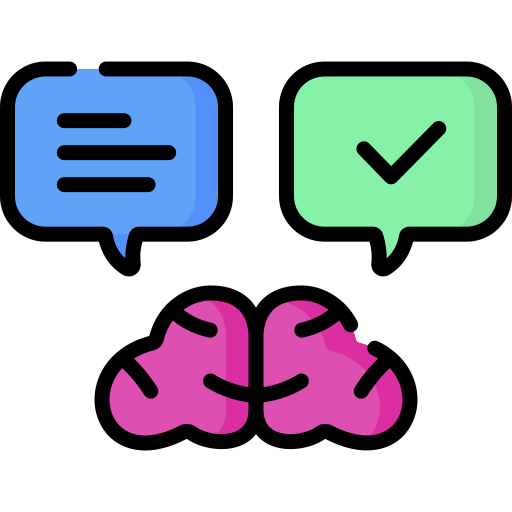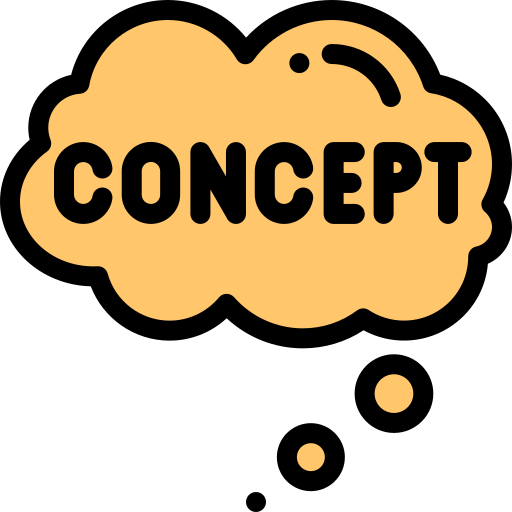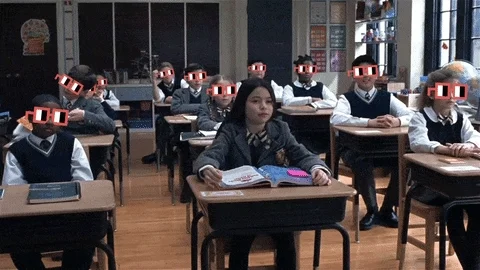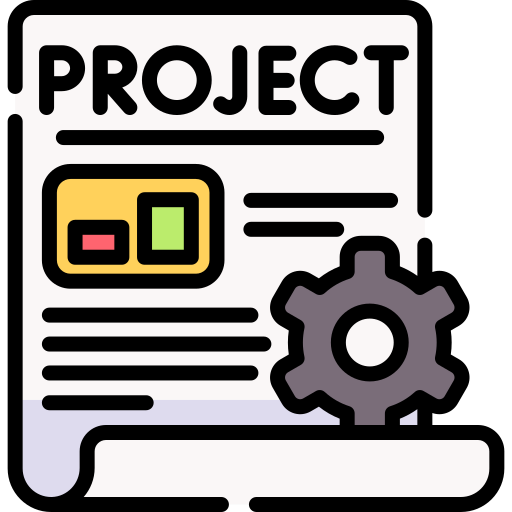
This logo isn't an ad or affiliate link. It's an organization that shares in our mission, and empowered the authors to share their insights in Byte form.
Rumie vets Bytes for compliance with our
Standards.
The organization is responsible for the completeness and reliability of the content.
Learn more
about how Rumie works with partners.
Are you tired of teaching the same old lessons in the same old way? Do you want to engage your students and help them develop a deep understanding of concepts?
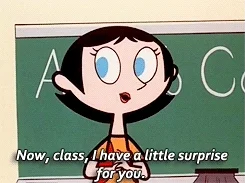
Then it's time to try conceptual learning strategies in the classroom. Focus on big ideas and critical thinking to bring excitement and innovation to your teaching.
What is Conceptual Learning?
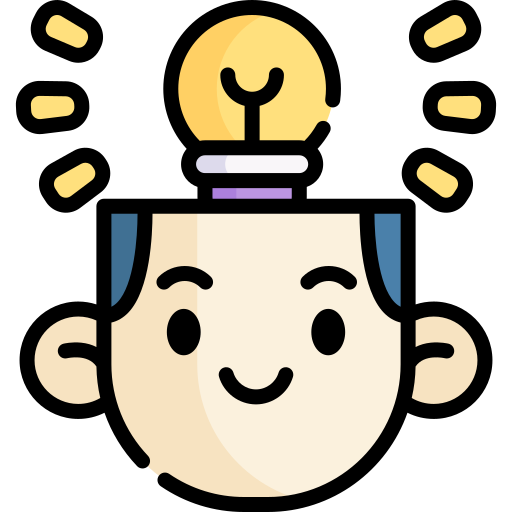
Conceptual learning is an approach to learning that focuses on developing a deep and meaningful understanding of a subject, rather than simply memorizing information or procedures.
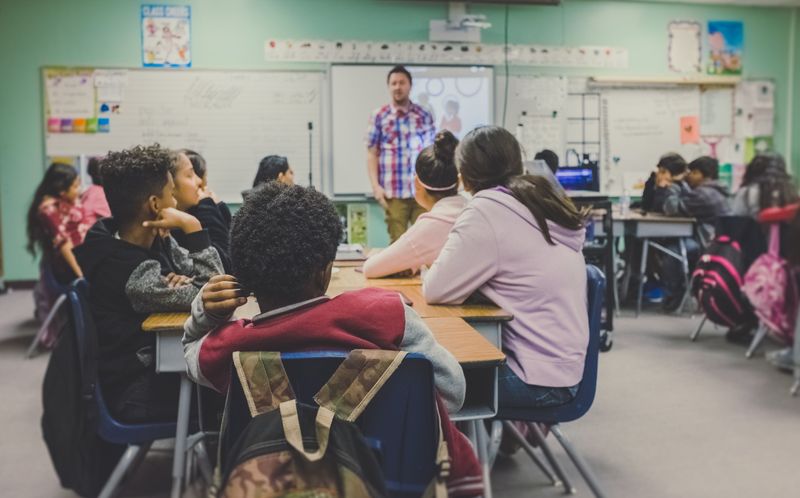 Photo by Kenny Eliason on Unsplash
Photo by Kenny Eliason on UnsplashWhy is conceptual learning important?
Conceptual learning helps students:
Understand the relationships between ideas and apply this understanding to new situations.
Focus on developing higher-order thinking skills such as analysis, evaluation, and synthesis.
Stay motivated and interested in the subject matter.
Provide creative solutions to problems.
Method 1: Create a Conceptual Framework
Identify key concepts or variables that are central to the subject or problem you're exploring. These might be ideas, theories, or factors you believe are important to understanding the subject.
Define the relationships between these key concepts. How do they interact with one another? Are there causal relationships or correlations between them?
Develop a visual representation like a flowchart, diagram, etc., to illustrate the relationships between the concepts.
Here's an example of creating a conceptual framework for a class on climate change.
Key concept: Greenhouse gases lead to global warming and climate change.
Relationships: Greenhouse gases lead to rising temperatures, melting glaciers, sea level rise, and more frequent and severe weather events.
Visual representation: Create a flowchart that shows the causal relationship between greenhouse gases and global warming, with sources of greenhouse gases branching out from the main concept.

Method 2: Encourage Inquiry Based Learning
Identify the topic of study and ask an open-ended driving question that encourages your students to ask more questions, seek information, and learn.
Provide opportunities for your students to conduct research and investigation on the topic like experiments, online research, interviews with experts, or other forms of inquiry.
Facilitate class discussions and reflection to help your students make connections between their findings and their prior knowledge.

Here's an example of inquiry based learning for a class on ancient civilizations.
Topic: ancient civilizations.
Create a driving question such as, "What were the key elements that made ancient civilizations successful?"
Provide resources for students to conduct research on ancient civilizations. This could involve researching sources, such as artifacts, documents, and scholarly articles.
Facilitate class discussions to help students make connections between the success factors of ancient civilizations and their own lives and communities.
Method 3: Use Project Based Learning
Identify a relevant, open-ended, real-world problem that your students can work on collaboratively.
Provide opportunities for research and investigation where your students can work in teams to gather information, analyze data, and implement a solution.
Provide guidance and support throughout this process, acting as a facilitator and coach.
 Photo by Decry.Yae on Unsplash
Photo by Decry.Yae on UnsplashHere's an example of project based learning for a class on food waste.
Introduce the problem and engage students in a discussion about the amount of food that is wasted in the cafeteria and the impact it has on the environment.
Allow students to do research, conduct surveys, and collect data about the amount of food that is wasted in the school and determine solutions.
Encourage your students to work in teams and create a prototype for a meal planning app and help them present it to the school administration or the local government.
Quiz
You want to design a learning experience that will help students understand the themes and literary techniques used in the play "Romeo & Juliet". Which of the following methods should you use?
This approach provides a structure for organizing and synthesizing existing knowledge about the text, which helps students make connections between different ideas and themes. Inquiry-based and project-based learning are effective for teaching topics that are more hands-on and problem-based, such as science or social studies. However, for a literary text such as "Romeo and Juliet", where the focus is on understanding themes and literary techniques, a conceptual framework is the most appropriate approach.
Take Action

This Byte has been authored by
Preetha Kalyana Venkata Ramanan
Learning Experience Designer
